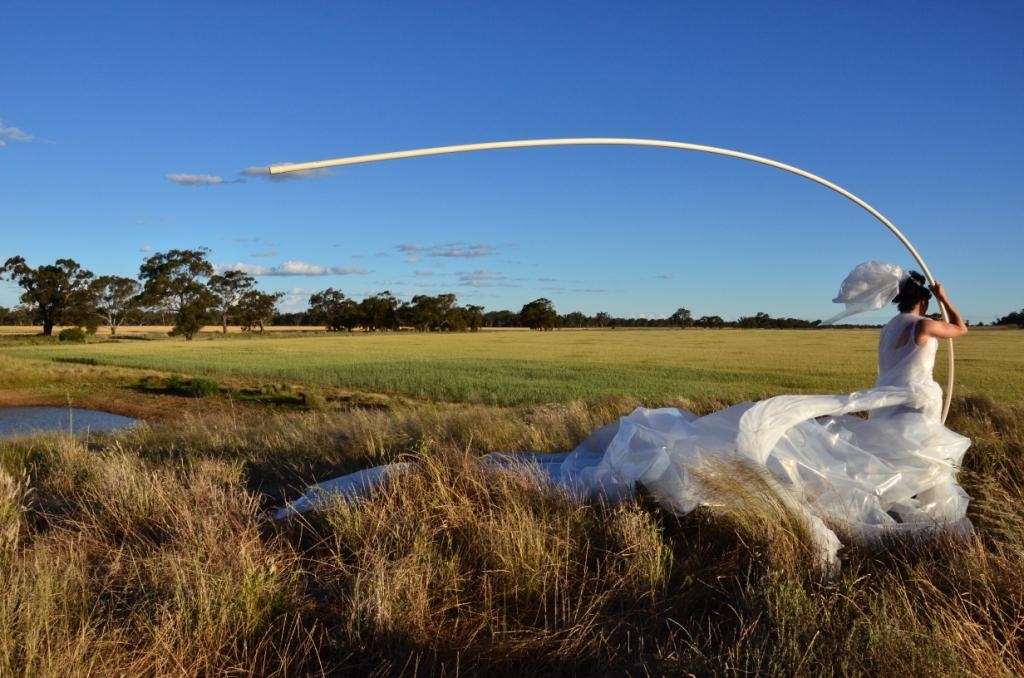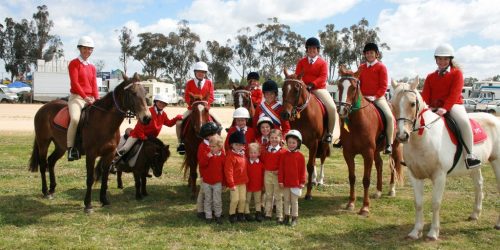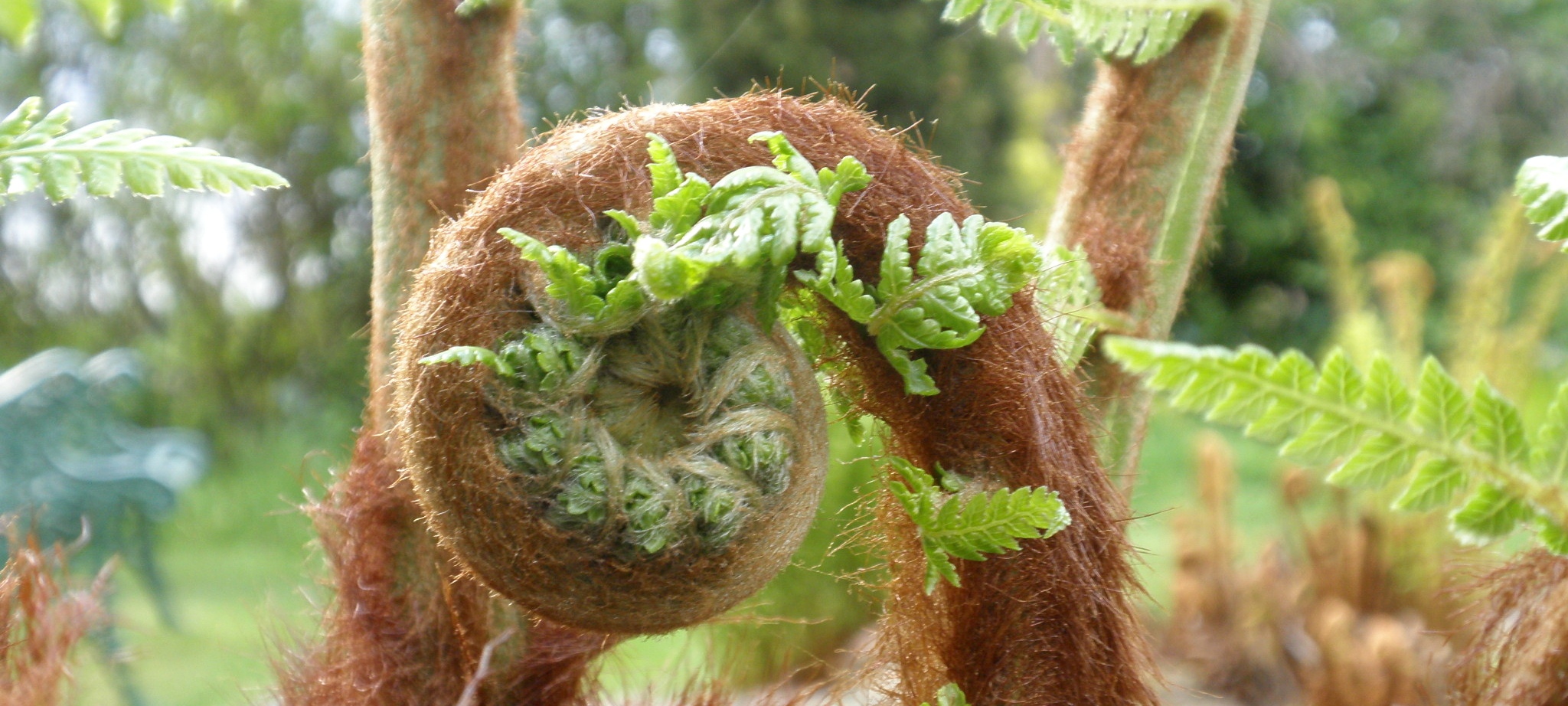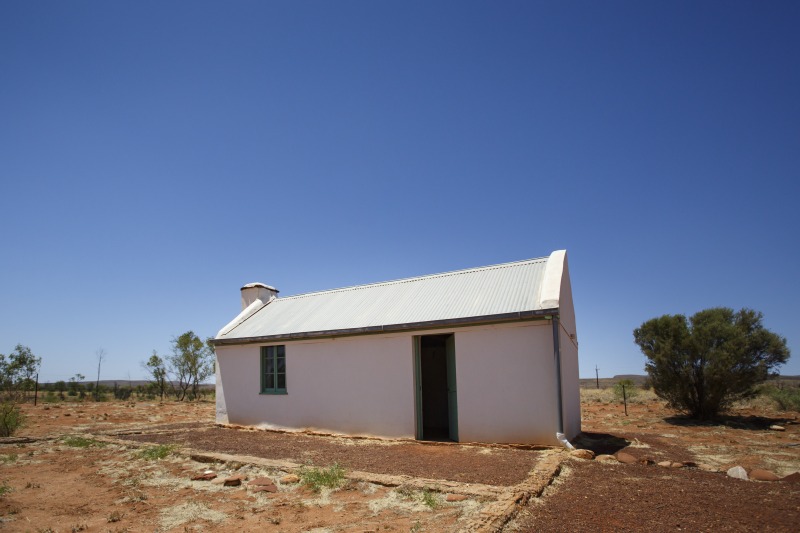Trees & Time
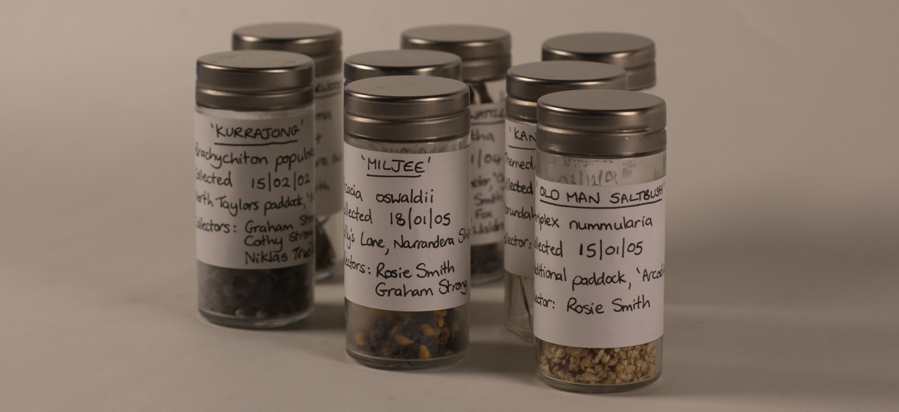
National Tree Day, on Sunday the 26th of July, is an opportunity to celebrate the value of trees in our lives, a value that arises from the historical and ecological networks to which trees, and people, are inextricably bound. A range of collections held here at the National Museum of Australia record the respect and love felt by generations of Australians towards trees and their varied qualities. On display in the Landmarks gallery is a well-worn tree planting device and a specimen of the original timber panelling installed into Old Parliament House. Inside the Journeys gallery is a finely crafted table with a veneer of beefwood (Grevillea sp.), harvested near Sydney soon after the arrival of the First Fleet, while the Old New Land gallery holds English bone china beautifully decorated with the blossoms and leaves of Australian wattle (see pictures below).
Recently I inspected one of the Museum’s tree collections that is not on display, with our artist-in-residence Vic McEwan. The collection comprises seeds of trees, shrubs and grasses gathered a decade ago by Rosie Smith, a farmer in the Birrego district of southern NSW. At the time, Rosie was working on major revegetation projects with the Strong family, pioneers in ecological systems of agriculture. She harvested seed from roadside remnants and state forests to propagate local trees like Kurrajong (Brachychiton populneus) and Yellow Box (Eucalyptus melliodora) for sowing into paddock plantations of diverse species.
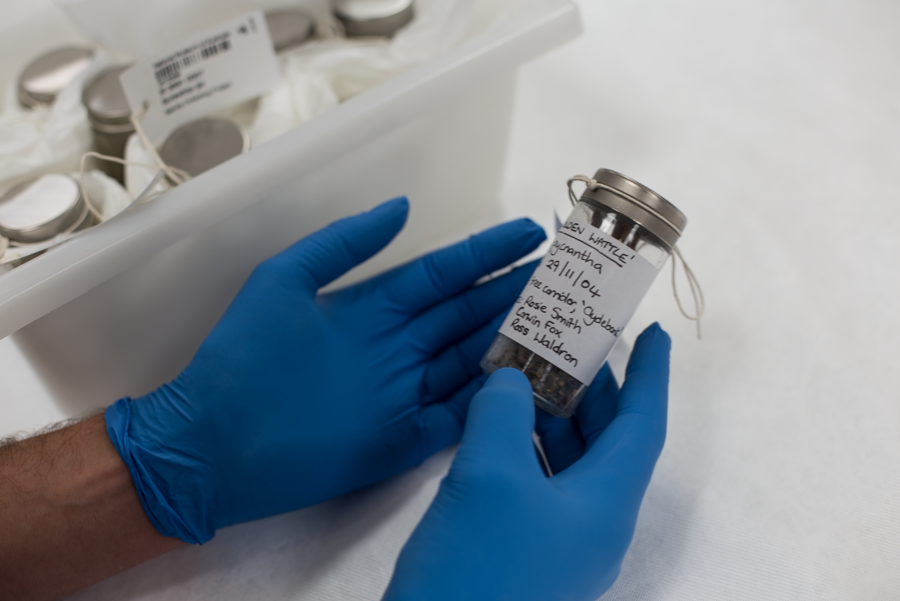
Vic and I were inspecting the collection to consider if the sample jars of seeds could be woven into an ambitious artwork now under development at the Museum. In the cold hours before dawn, Vic is planning to project images of Museum objects into fog rising from the Murrumbidgee River at the location below, on a farm near Canberra. Here in the 1890s, on fertile river flats, farmer William Farrer developed wheat varieties that played a powerful role in the transformation of grassy woodlands into modern farmland, across inland plains downstream from the trial plots on the Murrumbidgee.
Like many wheat farmers in the 1980s and 1990s, the Strong family helped form a Landcare group to find strategic ways of reversing worrying trends like dryland salinisation, soil erosion, tree decline and other unexpected consequences of industrialised agriculture. Replanting of trees and other deep-rooted perennial species cleared by past generations to grow crops and pastures has helped counter many of these problems.
As Vic casts images of Rosie’s seeds into the winter darkness, the shifting fog will carry and rework our visions of trees, people, crops, ploughs, stone tools and other components of the human and ecological systems to which our pasts and futures are tied. The haunting spectacle will give new opportunities to celebrate and honour the nourishing capacities of trees and their lively communities.
If you’d like to share any tree stories of your own, feel free to reply to this post. Stay tuned for National Tree Day, when Museum curators will be tweeting links and photos that feature their favourite tree objects. Follow the Museum on Twitter.

